Your Strategic Partner for
Unlocking China's Sourcing Potential
How to choose fulfillment services?
Order fulfillment is a significant deal in eCommerce. Most consumers give negative reviews if your delivery is late.
According to a 2022 survey by Statista, 85% of online shoppers expect delivery within 3-5 days, making timely fulfillment essential
Even Amazon or eBay penalizes the sellers for late deliveries.
Studies show that 70% of eCommerce customers abandon brands after a single late delivery, highlighting the critical role of fulfillment services.
So, a quality fulfillment company can fulfill all your orders on time and elevate customer satisfaction. But what company should you go for? Today, we will learn about the various options of fulfillment services and know which services should be your choice. To ensure you select the right fulfillment service, start by assessing your business needs with the following steps.
Assess Your Business Needs Before Shopping Around
Before contacting a fulfillment service, define what you need. Here are a few factors and tips for understanding your needs.
Calculate Your Current and Projected Order Volume
How many orders do you receive daily, weekly, or monthly? Understanding every aspect is necessary.
- Low volume (0-100 orders/month): You might manage in-house or with a small 3PL.
- Medium volume (100-1,000 orders/month): Most 3PLs and hybrid options work well.
- High volume (1,000+ orders/month): You need a scalable, automated solution with robust infrastructure.
Identify Your Product Types and Storage Requirements
Identification of product types helps determine which fulfillment services you should contact. Some services handled:
- Fragile items (glass, electronics)
- Perishables (food, supplements, skincare)
- Oversized or heavy items (furniture, exercise equipment)
- Regulated products (alcohol, medical devices)
Humidity control and freezing storage temperatures also matter a lot.
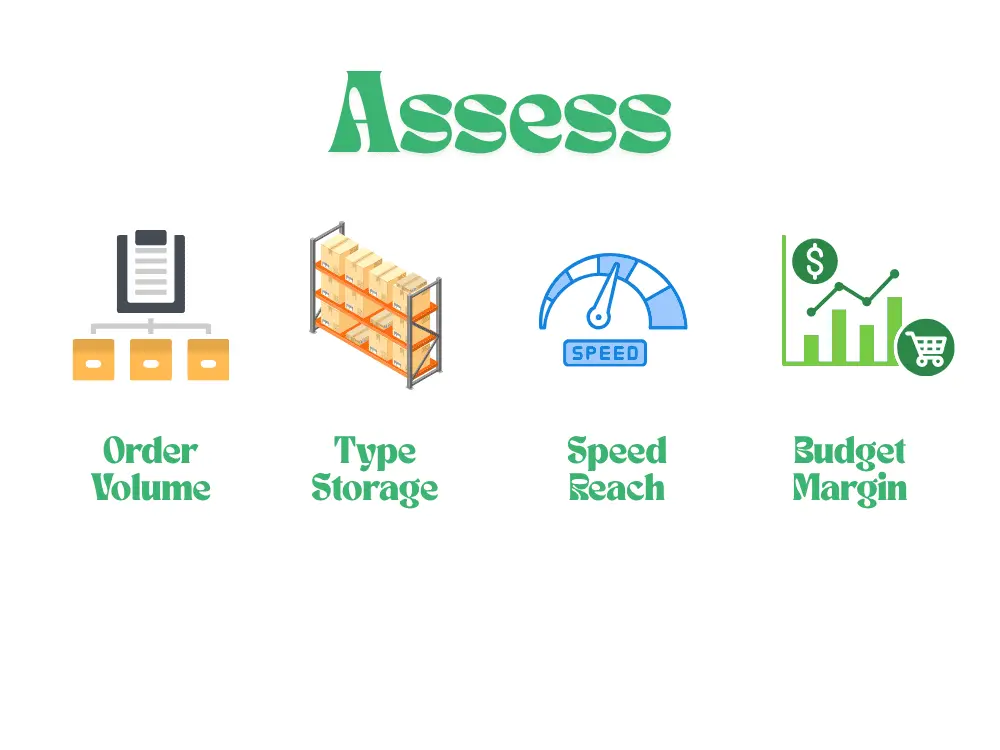
Define Your Shipping Speed and Geographic Reach
How fast a delivery can you promise? An overnight or same-day delivery is often expensive. However, define:
- Local/national shipping: A regional warehouse may suffice.
- Nationwide shipping: Multiple fulfillment centers may reduce shipping times and costs.
- International shipping: Look for global capabilities and customs support.
Budget for Fulfillment Costs Relative to Your Margins
Every fulfillment has a cost structure. The prices vary from one product to another because of weight, shipping speed, and other factors. Know:
- Receiving fees
- Storage fees (per pallet, per bin, per cubic foot)
- Pick-and-pack fees
- Shipping rates
- Account management or a monthly minimum.
Calculate your profit margins by dividing the shipping fee by the total costs.
Once you understand your needs, it is time to evaluate the eCommerce fulfillment options.
5 ecommerce fulfillment options
Before considering whom and what to hire, here are a few fulfillment options.
In-House Fulfillment
In-house fulfillment means you own the warehouse and store products. Once the order arrives, your logistics team will direct the package and ship it. It is suitable when you have a large number of orders daily.
Pros
- Complete control
- Personalized packaging
- Immediate feedback loop
Cons
- Labor-intensive
- Harder to scale
- Requires warehousing and software
Best for: In-house fulfillment is ideal for businesses with high order volumes and a need for complete control over branding.
Third-Party Logistics (3PL)
If you don’t want a shipping headache, you can outsource the shipping to another company. While 3PLs offer scalability, businesses should weigh the trade-off between cost savings and reduced control over customer experience.
Pros
- Scalability
- Access to logistics expertise
- Cost savings over time
Cons
- Less control
- Requires trust and proper onboarding
Best For: When you have limited sales and find a quality service to fulfill your orders
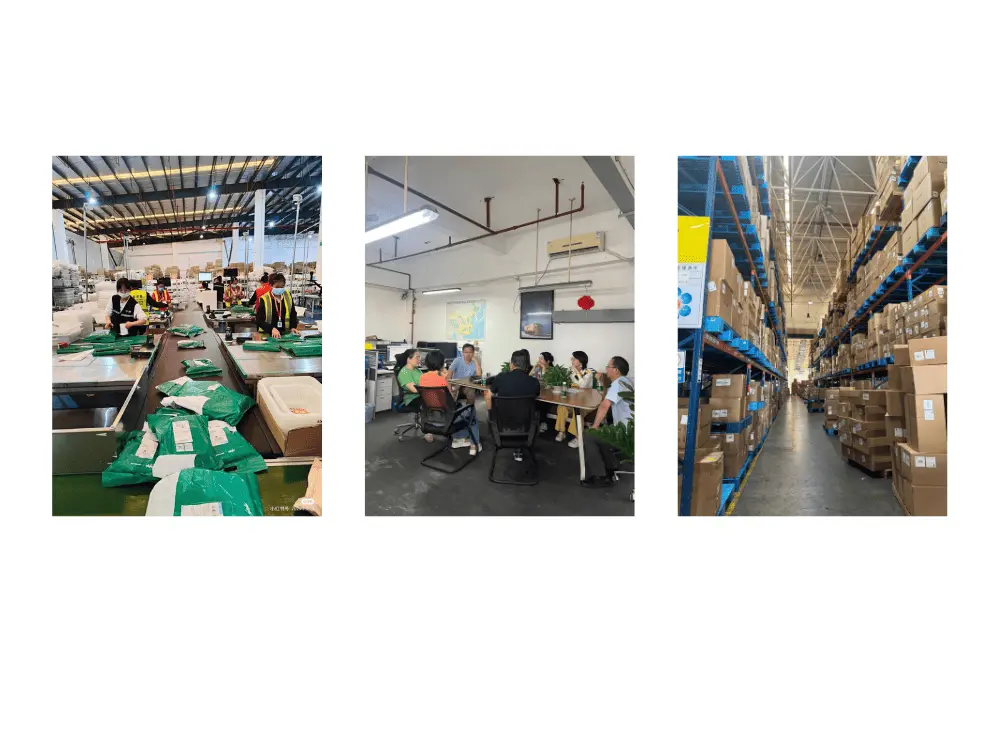
Dropshipping
If you seek to minimize operational complexity and inventory management, dropshipping is for you. There is no need to store products. All the responsibilities fall on your suppliers.
Pros
- Low upfront investment
- Minimal risk
- No inventory management
Cons
- Lower profit margins
- Less control over quality and shipping
- Inventory sync issues
Best for: It is a good start to an eCommerce business as a beginner.
Hybrid Fulfillment
A combination of in-house fulfillment with the 3PL shipping company is a hybrid model. You prepare products while a 3PL shipping company ships them.
Pros
- Flexibility
- Risk diversification
- Increased efficiency
Cons
- More complexity
- Requires integration across systems
Best for: You have a large number of orders but can’t ship yourself due to a busy schedule.
Fulfillment by Amazon (FBA)
If you are an Amazon seller, this option is the best. You should ship products to Amazon warehouses and leave the rest to Amazon’s logistics department. They will manage and ship products on time.
Pros
- Prime eligibility
- Fast shipping
- Trusted customer support
Cons
- High fees
- Limited branding options
- Amazon can change terms anytime
Best for: Amazon sellers should choose it when they have excessive stocks and want to ship on time.
Once you know the methods, move toward the right company with our tips.
10 Things to Look for when Choosing a Fulfillment Company
It is time to select the right fulfillment company. For that, we have listed a few crucial factors.
Shipping speeds
What shipping options are available? There should be all types of options, such as:
- Same-day delivery
- Two-day shipping
- Economy shipping
- Standard shipping
- Expedite shipping
All these options make shipping an easy and timely selection.
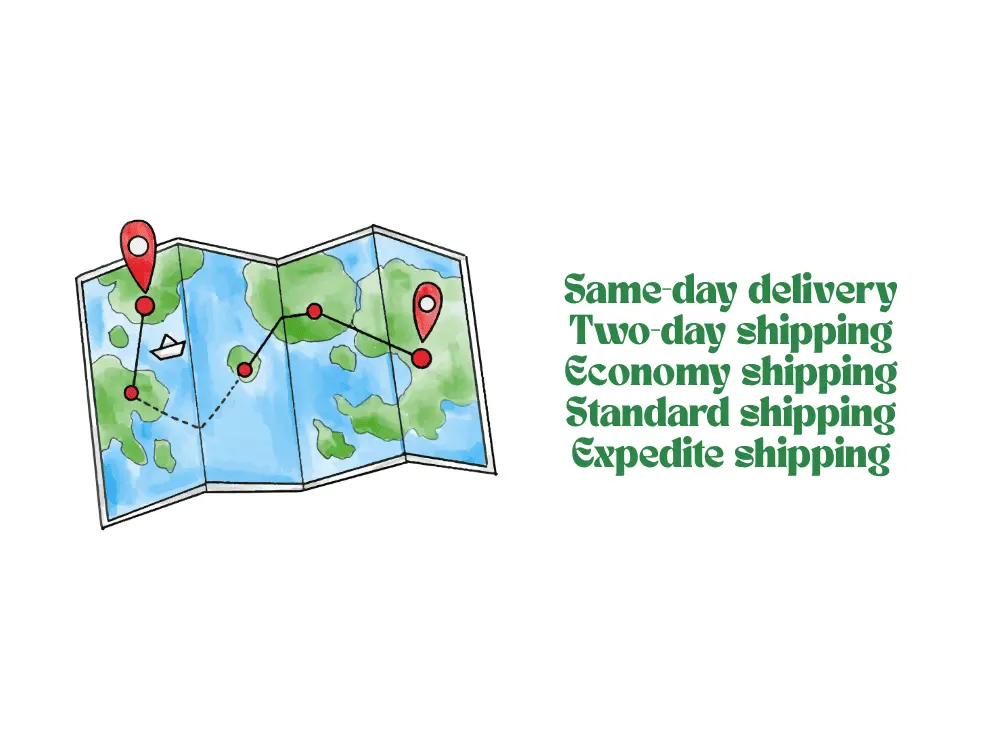
Location of Fulfillment Warehouses
Cheaper and faster shipping is possible only if the fulfillment warehouses are located near to your consumers. Even in the exact country, location can also speed it up. So, ask about the location of warehouses before selecting a shipping company.
Pricing Transparency and Structure
Are there setup fees, monthly minimums, or hidden charges? Do they charge per SKU, per order, or per pick? Inquire about all the hidden or visible prices to know the overall pricing.
Request a detailed breakdown of all fees, including setup costs and per-order charges, to compare providers effectively.
Scalability for Growth and Seasonal Peaks
Seasonal peaks can affect the highest number of orders and might cause delayed shipping and high costs. Scalability and compatibility with sudden surges are also essential for exemplary fulfillment service.
Customer Service and Response Times
Delayed response affects the business, as you might want to interrupt or change the shipping address. Choose a service that offers 24/7 customer support and instant resolution for your problems.
Branding Options
A few fulfillment services offer comprehensive branding services. They can fasten business logos to the packages and provide branded unboxing. You can inquire about the branding options to differentiate your business from others.
Packaging Options
Do you want to make your packaging robust and qualitative? Packaging facilities identify weak packages and ensure a safe experience for consumers.
Returns Management
Returns are a headache. Fulfillment services should also manage your returns and minimize disputes. It helps grow your store smoothly on the eCommerce channels.
Reputation, Reviews, and Case Studies
Do you want to confirm if your fulfillment service holds the ground? Go for the reputation check and read reviews. Learn about the past consumers and the quality experience of the loyal customers.
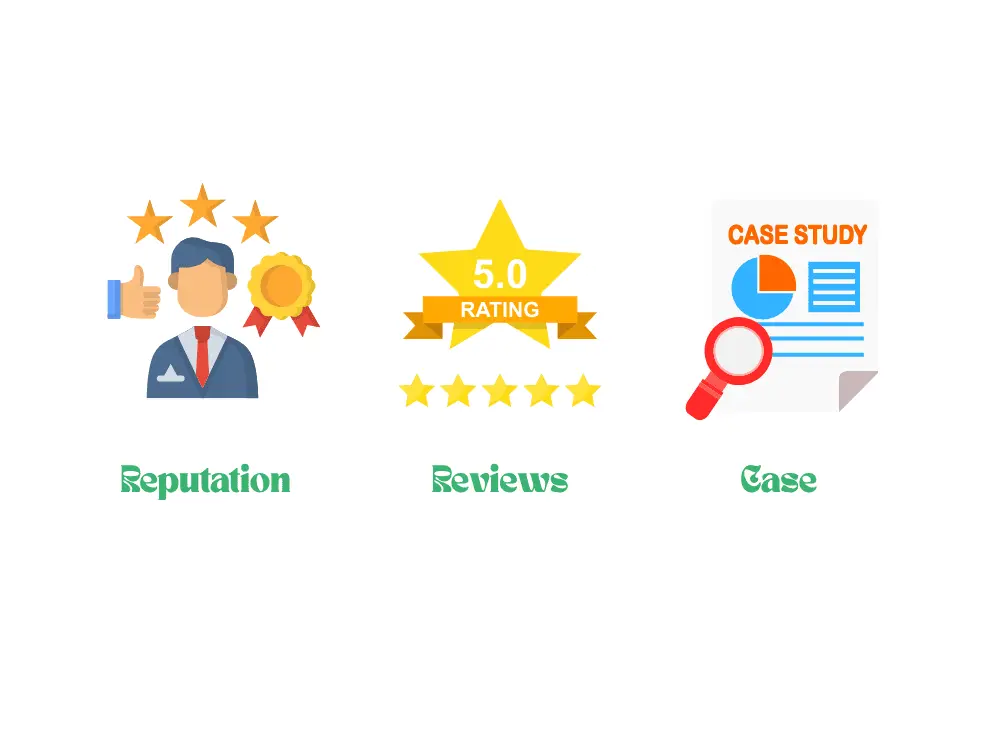
International Shipping Capabilities
For global shipping, in-depth knowledge of customs and other factors is necessary. Ensure your service provider:
- Understands customs documentation
- Offers DDP (Delivery Duties Paid) options
- It has partnerships with global carriers (DHL, FedEx, etc.).
Follow This Step-by-Step Process to Select Your Provider
Selection of a fulfillment service provider is challenging. However, our experts’ tips have made it a plug-and-play situation. Follow the tips below.
Research and Create a Shortlist of 5-10 Providers
Although one reliable supplier is enough, research requires a selection of 5-10. Why? You can compare and choose the supplier who plays as a trump card. Therefore, contact many suppliers but shortlist only the top-class 5-10 suppliers.
Request Detailed Quotes and RFPs
Now, the real job starts. You can get detailed quotes, request pricing updates, and quotes for bulk orders.
Here is what should be included:
- Order volume
- Product specifications
- Shipping needs
- Growth forecasts
- Special requirements (like cold storage or fragile items)
Schedule Demos, Tours, and Free Trials
If you have time, it is better to visit manually. Otherwise, you can connect on Google Meet or schedule a Zoom meeting. Visit the factory to test the quality of products and the large-scale manufacturing system with advanced machinery.
Free trials give an idea of the product quality and provide comprehensive content.
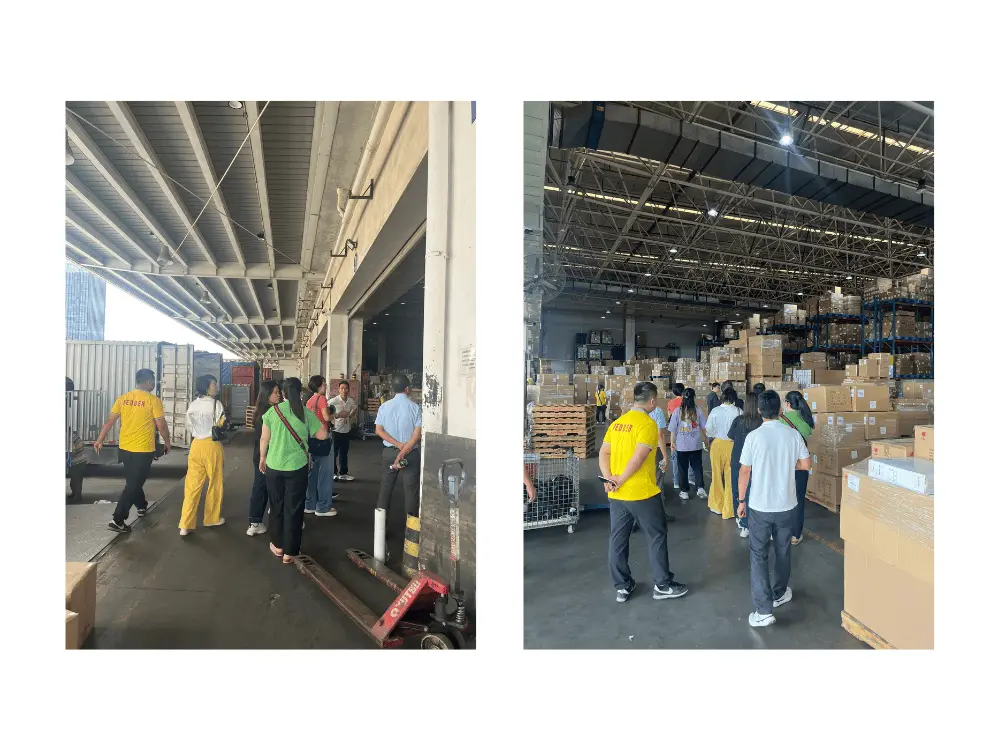
Verify References and Past Performance
Past performances are often the decision of the supplier. They help you decide whether you should select the supplier or not. Ask questions:
- How the provider handles high-pressure periods
- How quickly they resolve issues
- If they’re reliable and responsive
Avoid the red flags, such as late deliveries, inventory mismatches, or customer complaints.
Negotiate Contracts and Terms
Negotiations can make the whole game better and profitable for you. Instead of accepting a random quote, you should understand why the prices are high or low and how the service providers fulfill your orders on time. Negotiate all the aspects and set the contract terms and conditions.
Avoid These Common Mistakes I See Businesses Make
A few missteps can fail the whole strategy in seconds. There are a few mistakes every entrepreneur should avoid in the first place. These include:
Selection based on price only
If you are looking for cheaper fulfillment services, be cautious. Many services have hidden prices and might hurt your business with overpricing. Moreover, they have low-quality customer support and fail to deliver timely orders. Therefore, avoid choosing a company until other parameters guarantee the qualifications.
Ignoring sales channel compatibility
There are many sales channels and software systems to track all the orders. For example:
- Shopify, WooCommerce, Amazon, eBay, etc.
- Inventory and ERP systems
- Analytics dashboards
Go for a fulfillment service that offers all these integrations in one place.
Customized packaging issues
Some fulfillment services offer generic packaging. They don’t think of the quality products under the customized packaging solutions. If that is the case, you can leave such services. Because there is a time when you have to elevate your brand reputation.
Poor planning
Seasonal variations in the orders are pretty significant. Sometimes, there is a surge in the number of orders. How can you combat it? A fulfillment service without a proper plan to meet the increasing demands can fail the whole supply chain system.
Not reviewing KPIs regularly
Tracking different types of metrics, such as:
- Order accuracy
- Delivery times
- Return rates
- Customer satisfaction
If you control such parameters, success is ensured. Otherwise, a quality fulfillment service cannot save you.
Take Action: Implement Your Choice and Monitor Results
Select only high-quality fulfillment services that promise faster but timely delivery in 99% of cases. Once you have the right company in hand, go for:
- Sync your eCommerce store
- Test with small batches
- Set clear communication channels
- Track KPIs from day one
Do you want a seamless performance? Contact JustChinaIt and evaluate your business. Our logistical support ensures the promised time and delivery. You won’t miss a single time and get positive consumer feedback.
Partner with a vetted provider like JustChinaIt to ensure consistent delivery and customer satisfaction.
